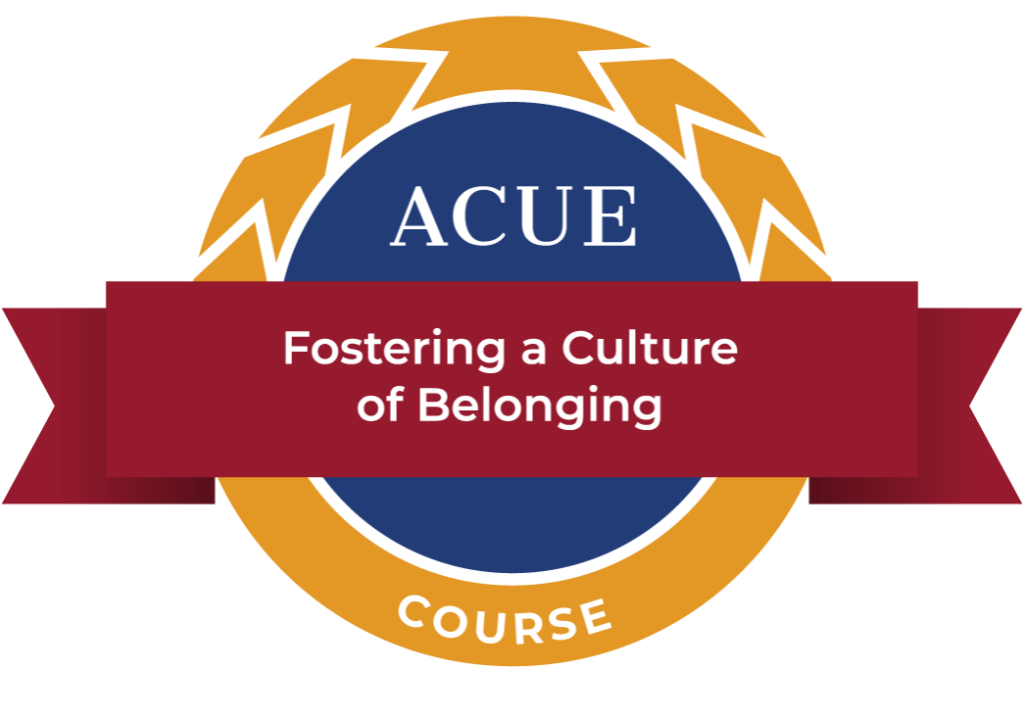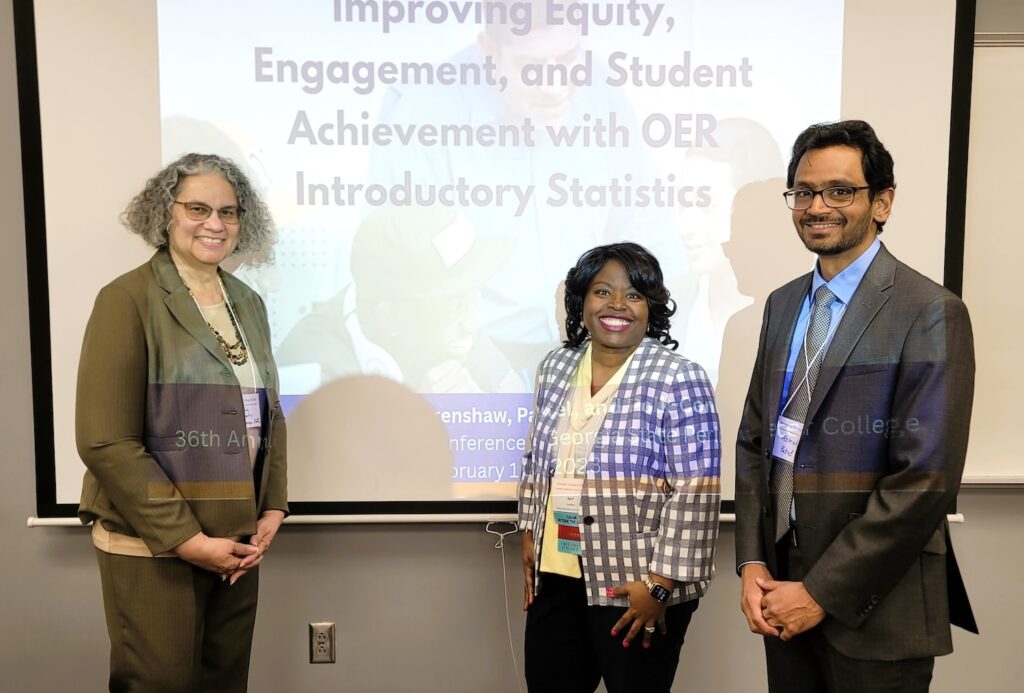Our students had the opportunity to learn statistics using real-world, culturally relevant data and research studies. They learned through individual reflection, in-class collaborative assignments, and homework and quizzes assigned using an online platform.
Furthermore, students worked in teams to research topics such as gun violence, obesity, student debt, affordable housing, and more, and then gave a presentation on their results. At the end of the semester, students reported an increase in their knowledge of statistics and proficiency with Excel. To celebrate the team’s success, Professor Patel treated Dr. Polk-Conley and me to lunch during final exam week.
This experience led me to reflect on the importance of gratitude, respect, and appreciation in the workplace.

A recent Harvard Business Review article, “The Little Things That Make Employees Feel Appreciated,” suggests that when employees experience “gratitude” from their leaders, they are more productive. Additionally, teams tend to function more effectively when there is “respect and appreciation” amongst colleagues (Gibson et al., 2020). I share this experience to highlight how a supportive environment built on trust and mutual respect led to productivity within our team but, more importantly, led to a more enriching learning experience for our introductory statistics students.



